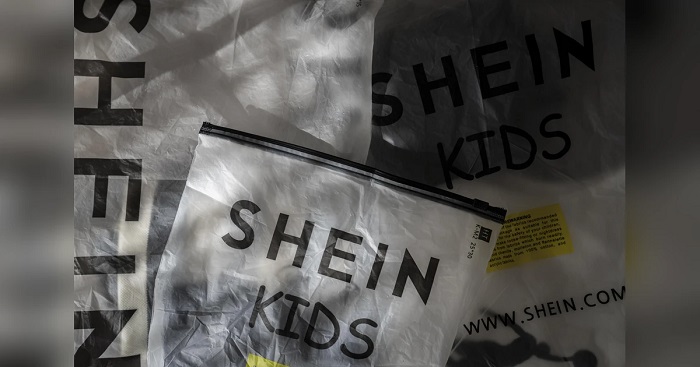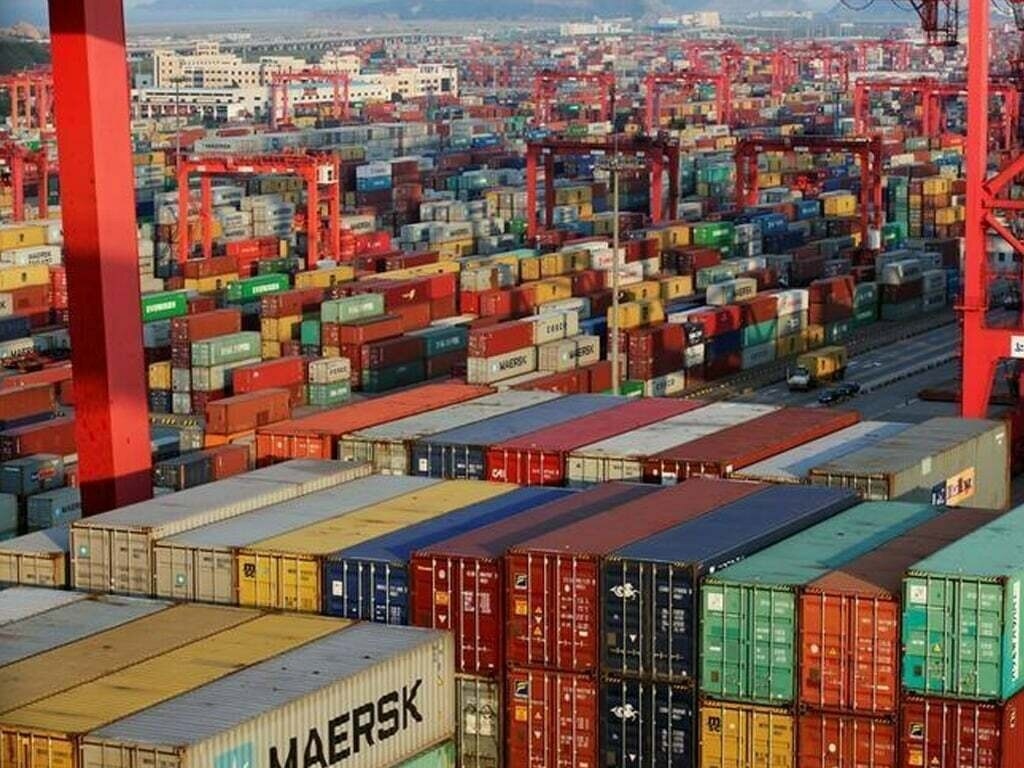
Every cloud has a silver lining and industry analysts are predicting good things for 2023. After rampant inflation in 202, with disruption in supply chains after the pandemic, there is a positive projection that the cost of goods as a whole, including apparel, should start to come down by next year.
US-based investment research firm Morningstar has predicted that since inflation was worse in 2022 than what is expected in 2023, global customers can look forward to a happy new year with some financial relief soon. With commodities supply chains now more stable, the gap between supply and demand will soon be narrowed, and this will make consumers cut back on spending. This will enable the cost of goods as a whole to come down and will directly benefit the apparel industry too.
Better inventory and demand-supply chain coming soon
As interest rates rise, consumer spending will slow down and demand will decrease, potentially leading to lower clothing prices. After Covid years, the combination of high sourcing costs coupled with an increasingly challenging retail environment has pressured retailer margins and compounded issues related to inventory. But having overcome some earlier difficulties, apparel import volumes have grown in leaps and bounds in recent months. Analysts feel the seasonally adjusted terms for raw fibre equivalence (weight terms), and total apparel imports (all fibres) have recorded the highest ever between February and June. Although some recent figures may be on a slight decline, they are still soaring above the average before 2019 before Covid and may add to inventories as the present consumer environment slows.

Reports suggest, that although retail prices for garments decreased by 0.2 per cent month-over-month in September, the year-on-year retail apparel prices were 6 per cent higher. This is relative to the 2019 average, where current retail prices were 2.1 per cent higher in September, as per the Executive Cotton Update by Cotton Incorporated. However, import costs continue to rise and the latest value for Square Metre Equivalent (SME) of cotton-dominant apparel set a record (data since 1989) in seasonally adjusted terms of $4.11/SME. These recent values are a total reversal relative to the values that were posted when Covid started.
Some garment segments are a non-negotiable expense The total overall consumer spending increased 0.3 per cent month-over-month in seasonally and inflation-adjusted terms in September this year with YOY overall spending up to 1.9 per cent, which is the slowest rate of annual growth since early 2021. Among this, the spending on garments was up 1.4 per cent month-over-month but was down 0.3 per cent year-over-year.
Although certain expenses such as food, gas and housing are non-negotiable expenses, many items of clothing are considered essential expenses too, although not all. Kids wear as children outgrow clothes, winter clothing, sports gear for wellness, and corporate dressing for the work segment among others are not an extra expenditure- they are essential for our daily living. Cost-cutting techniques such as ditching the expensive branded kids wear that kids will outgrow soon and buying the cheaper alternatives, accepting hand-me-downs from older kids of friends and family and shopping at the end-of-season sales instead of the beginning are all ways of cutting expenses.
Fashion is not about labels and price tags- it’s all about you being you. And consumers are looking forward to that in 2023 with the dip in inflation and lower prices and the Covid fear slowly ebbing away.











